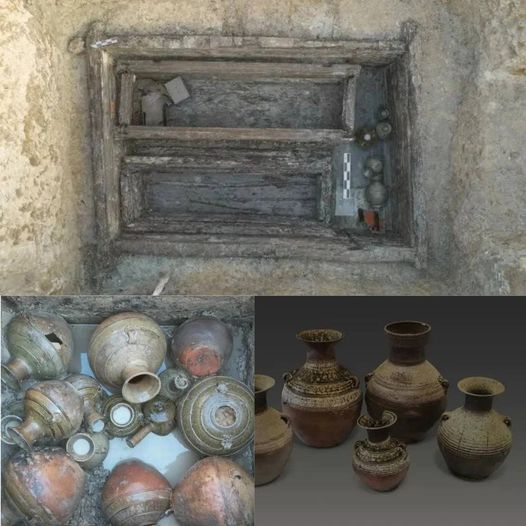A Glimpse into the Past
In the ancient and historically rich land of China, a significant archaeological discovery has recently been made, unveiling fascinating insights into the lives and beliefs of a bygone era. Within the city of Rizhao, archaeologists have uncovered three tombs from the Han Dynasty (206 B.C.E. to 220 C.E.), showcasing an extraordinary architectural design that mirrors the layout of a residence.
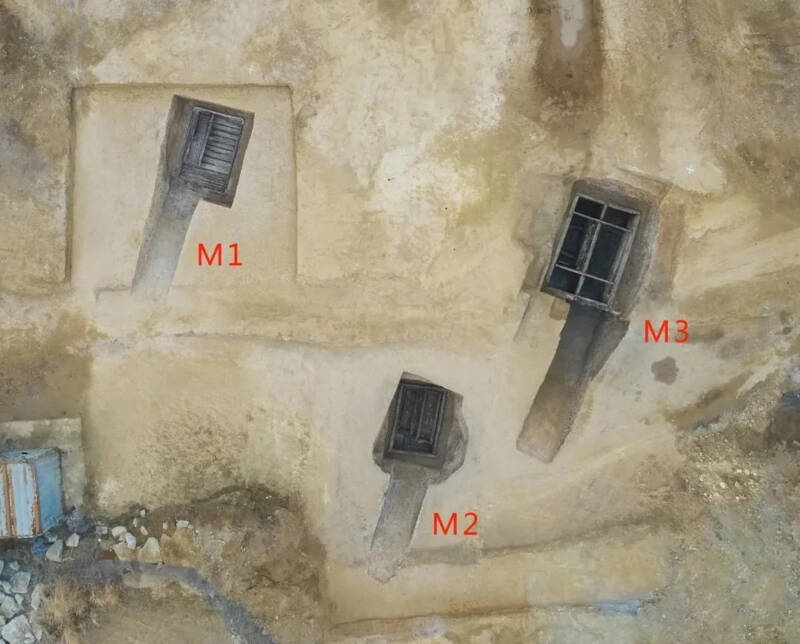
Insights from “Residential” Tombs
Dubbed as “residential” tombs, these findings provide a unique perspective on the funerary practices and social structures of one of China’s most influential dynasties. The tombs contain intricate murals and exquisitely crafted artifacts, captivating the attention of both archaeologists and historians.
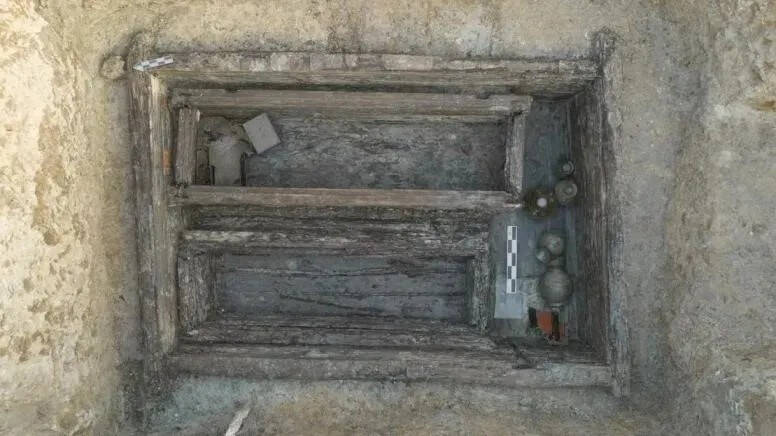
The Discovery of the Tombs
In late 2023 and early 2024, a collaborative team from the Shandong Provincial Underwater Archaeology Research Center and the Rizhao Municipal Institute of Cultural Relics and Archaeology conducted excavations in Keshijia Park, Rizhao. This project was part of the park’s expansion efforts and led to the discovery of a burial mound containing three remarkable tombs, labeled M1, M2, and M3.
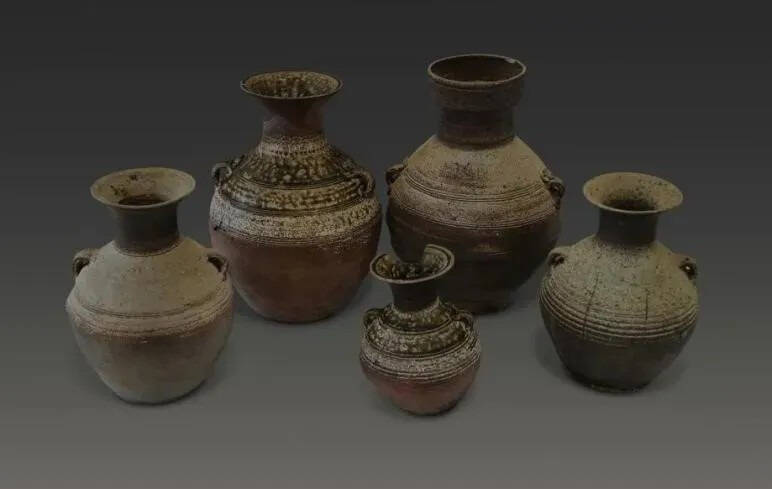
Despite the unfortunate looting of M1 and M2, tomb M3 remained largely intact, providing researchers a rare chance to study its nearly pristine condition. Each tomb housed the remains of two burials, with M3 featuring a layout that resembled a residential structure. This included miniature doors, windows, brick arches, and floral murals, suggesting an attempt to recreate a homely environment for the deceased. The Institute of Archaeology at the Chinese Academy of Social Sciences posits that these tombs likely belonged to a wealthy Han Dynasty family seeking to replicate their earthly comforts in the afterlife.
The Treasures Within
The tombs yielded a treasure trove of artifacts, offering a wealth of information about the individuals buried within. Among the 70 artifacts discovered were pottery, an iron sword, mirrors, hairpins, and bronze seals.
One particularly significant find was a set of bronze seals bearing the surname “Huan,” indicating that the tomb’s occupants were likely from the same family. One seal even revealed the full name “Huan Jia,” possibly the individual interred there.
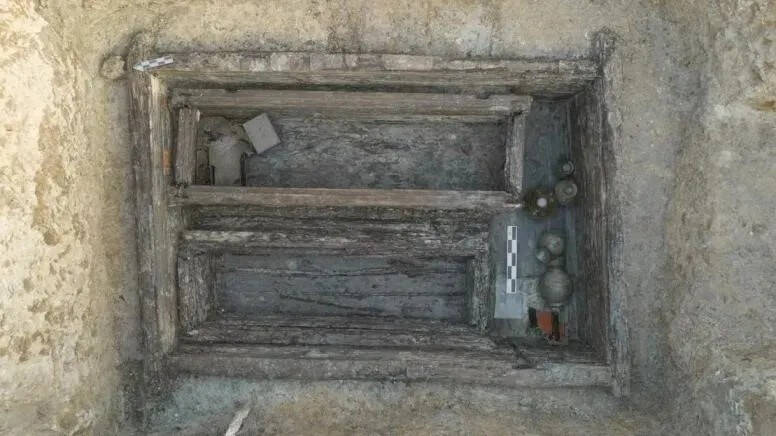
Additionally, researchers uncovered a rare and exquisitely crafted carriage used to transport the coffins, further underscoring the wealth and status of the deceased. The layout of the tombs themselves was also revealing, with the well-preserved M3 tomb featuring doors and windows connecting the two tombs, highlighting its residential characteristics.
A Window into Ancient Chinese History
Beyond the material artifacts, these discoveries provide valuable insights into ancient Chinese history. The presence of wood vessels and glazed pottery linked to the Chu, Wu, and Yue regions suggests extensive trade networks and cultural connections during the Han Dynasty.
These findings offer a glimpse into the complex web of relationships and exchanges that defined this era, a period marked by significant political, economic, and cultural influence.
Conclusion
The discovery of the “residential” tombs in Rizhao, China, represents a remarkable archaeological achievement that sheds light on the beliefs, practices, and social hierarchies of the Han Dynasty. The exquisitely crafted artifacts and innovative architectural designs offer a window into a world long past, yet still vibrant with history.
As researchers continue to delve into the secrets of these remarkable tombs, the wealth of knowledge and understanding that emerges will further illuminate the rich tapestry of China’s extraordinary past. This discovery serves as a powerful reminder that the past is never truly lost; it lives on, waiting to be uncovered and celebrated by those who seek to understand the enduring story of human civilization.



